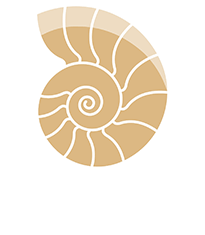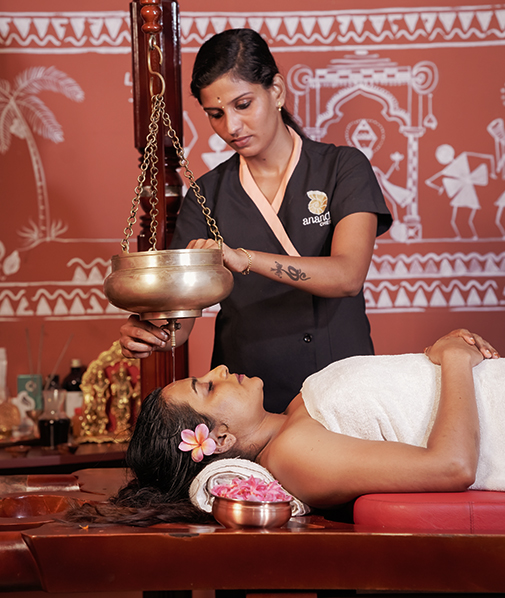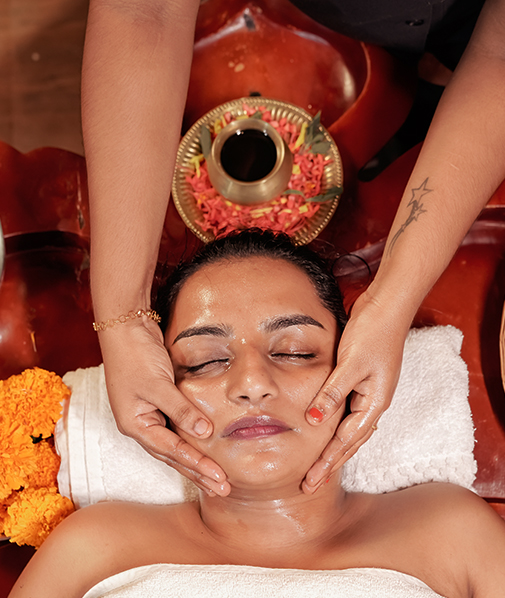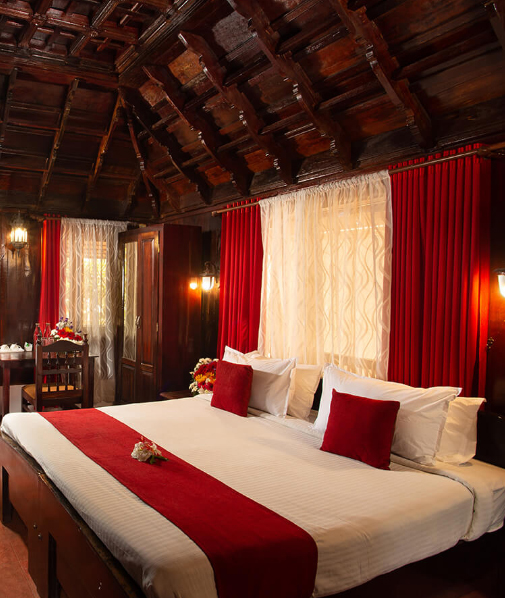Parkinson’s disease is a degenerative disorder of central nervous system that often impairs the motorskills, speech and other functions of person.
Parkinson’s disease belongs to a group of conditions called movement disorders. Parkinson’s disease belongs to a group of conditions called movement disorders.






